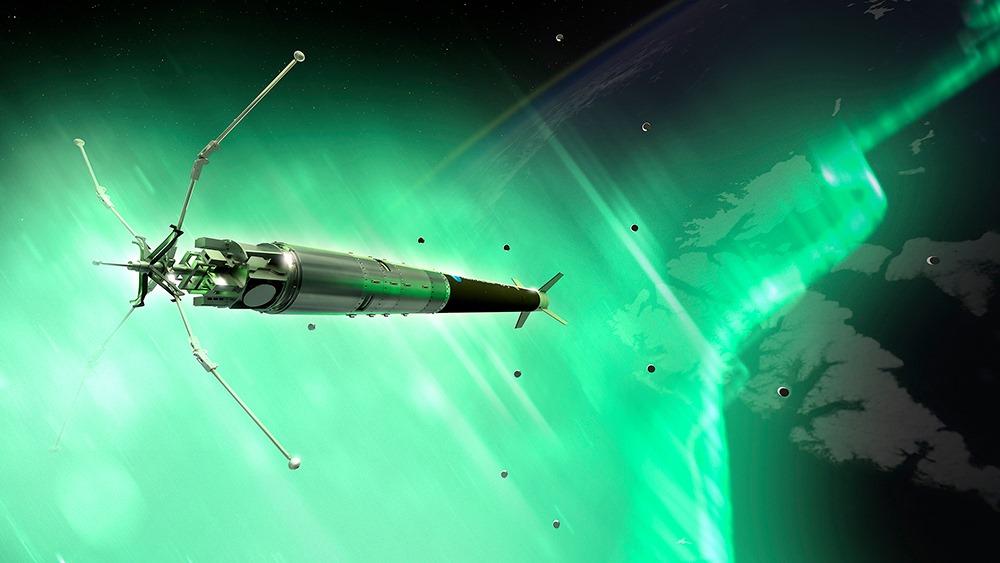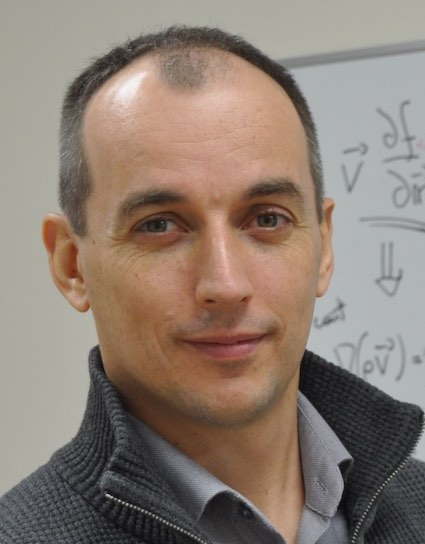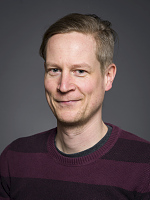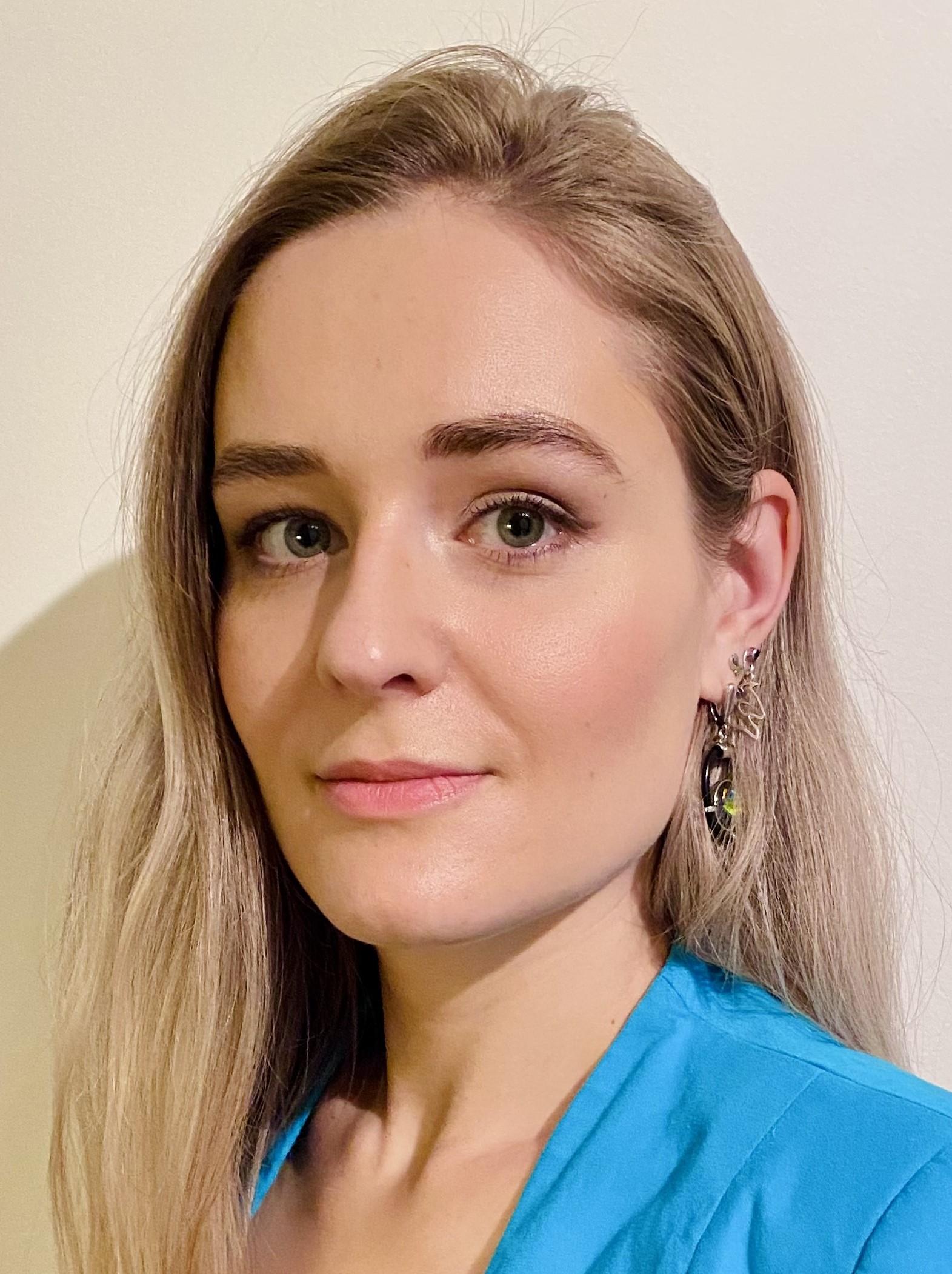
4DSpace investigation of plasma turbulence in the cusp ionosphere
The solar wind gives rise to a strong turbulence on the top side of the polar atmosphere. This leads to interference in radio signals propagating through it. Solar storms may give rise to disturbances blocking navigation and communication systems. With regard to safety in the Arctic, it would be essential to forecast periods and regions of the GPS failure. However, in order to develop space weather forecast models, we need to understand the underlying physics. We are in demand of high resolution measurement data in order to test alternative models in the literature, and we have to perform these measurements with in-situ instruments.
4DSpace is a part of the international Grand Challenge Initiative - Cusp (GCI-Cusp). GCI-Cusp is a giant collaboration project, that umbrellas 12 rockets (one Japanese, ten American, and one Norwegian). “Cusp” is the scientific term for the energy funnel from the solar wind down to the Earth’s atmosphere. Every day Svalbard lies under this energy funnel for several hours. Hence, Svalbard is a window towards space. The daytime aurora above Svalbard visualizes the footpoint of the cusp. UiO flies scientific instrument on six of the 12 GCI-Cusp rockets. Five of these have already been flown through the daytime auroras above Svalbard. We are now preparing the data for scientific use. The data will be made available through SIOS (Svalbard Integrated Earth Observing System). A new sounding rocket with our instruments will be launched in November 2021 from Ny Ålesund on Svalbard.
The main efforts in the 4DSpace project are directed towards the Norwegian rocket experiment, for which we have developed 3D experiment to investigate plasma turbulence. We have carried out two technical tests of the 4DSpace module which houses 6 daughter payloads. First time on the Nucleous rocket by Nammo Raufoss in September 2018, and the second time on the student rocket G-CHASER in January 2019, both from Andøya. The rocket is equipped with two such 4DSpace modules, i.e. 12 daughters to be released from the rocket, with the goal to obtain 3D measurements of turbulence. This has never been done before - high risk high gain. We are now preparing a robust system for future rockets.




